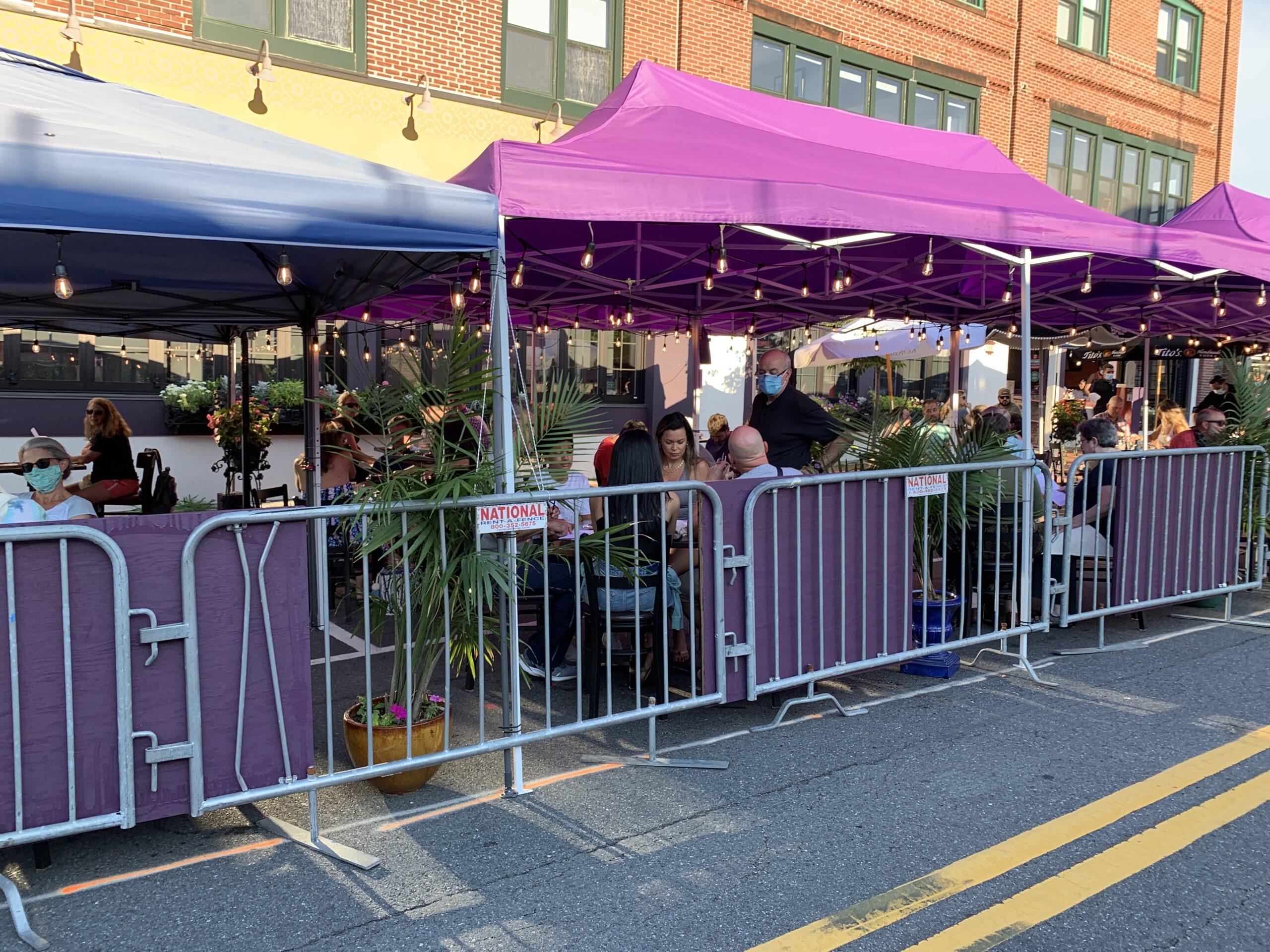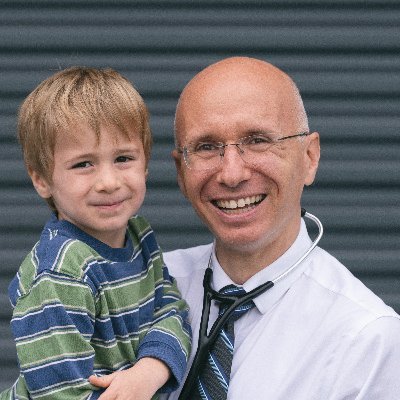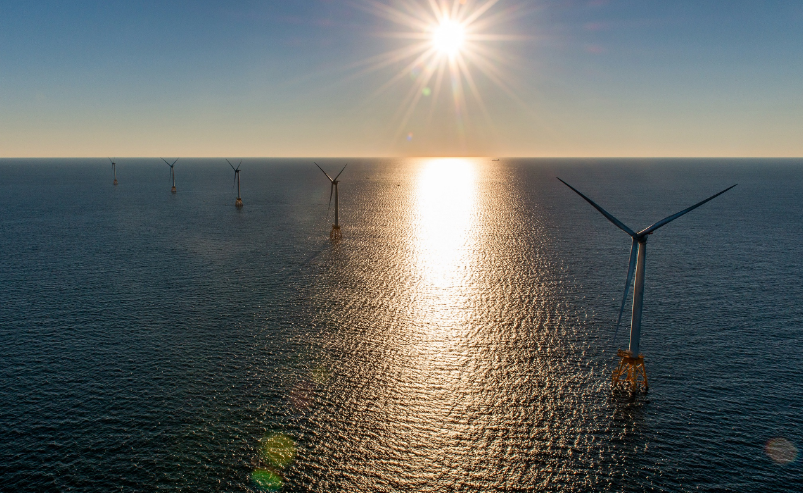For many US cities, the early days of the COVID-19 pandemic provided a remarkable if temporary glimpse of an urban environment with dramatically less car travel and air pollution. On social media, photos emerged, from typically traffic-choked Boston to smoggy Los Angeles, of open roads and clear blue skies.
While the reason for this change cannot be celebrated, cities have also made some admirable adjustments to meet changing needs, rapidly expanding bike lanes and closing roads to car traffic to give pedestrians and cyclists more room to breathe. Massachusetts recently launched its Shared Streets and Spaces Grant program, which encourages every city and town in the state to improve its streets to support people to safely get to childcare and eventually school, work, and neighborhood restaurants and retail.
And yet it would be a mistake to assume that the past months will result in lasting change for the better. The reality is, any air quality or traffic improvements that have come from this tragedy are merely glimmers of a future we will need to create for ourselves. As cities begin to carefully return to some state of normalcy in the coming months, we could easily backslide into gridlocked streets—or we could pivot towards a low-carbon, low-pollution transportation future. Our climate and our health are at stake.
In one scenario, overwhelmed by fear and lacking guidance from leaders, people retreat to their personal cars at even higher rates than before the pandemic, swamping the region with traffic and polluted air. Public transit becomes a taboo for anyone who can afford a car and a parking spot, and it gets more neglected than ever.
But in the second, we learn from the pandemic the importance of creating environments that protect our health, and we prioritize an array of transportation options that curb driving and emissions, including a bold return to public transit and expanded walking and biking.
The first path is nothing short of disaster—a worst-case scenario for everyone involved, for several reasons.
Perhaps most obvious is the fact that in many US cities, transportation is responsible for the majority of our air pollution and of greenhouse gas emissions. Sitting in traffic during Boston’s rush hour, you can see it in the air. Especially in places that, pre-pandemic, relied heavily on non-car travel, a post-pandemic spike in driving will drag our air quality to new lows. In the best of times, air pollution still diminishes our lung capacity, causes respiratory diseases such as asthma, and is tied to millions of premature deaths every year. And we have early evidence that pollution-related health conditions increase mortality among those infected with COVID-19.
Tailpipe emissions are also the number one cause in the United States of greenhouse gas emissions responsible for climate change, which despite the present acute health crisis from COVID, remains the largest public health challenge facing the world. Climate change undermines all the foundations of good health and can worsen chronic medical conditions and put people at higher risk of dying from diseases like COVID-19. We know, for example, that exposure to extreme heat makes pretty much any medical concern worse, from cardiovascular disease to mental health.
A relapse into greater reliance on single-occupancy vehicles and abandonment of public transit would also be an utter moral failure with ripple effects that impact everyone. Those of us who don’t have jobs that allow telecommuting, and either can’t drive or can’t afford to drive, will need to rely on public transit in any scenario. But if the Commonwealth does not take the right steps to make trains and buses safe and reliable post-pandemic, we will be forcing the most vulnerable people in our communities (who also have less access to health care and higher rates of chronic health problems) into situations where risk of viral transmission is high. This is morally unconscionable and ultimately increases infection risk for all.
To avoid this disastrous outcome and pursue the much brighter scenario described above, we must cultivate a greater understanding that transportation solutions are climate solutions and public health solutions. But given our current socially distanced reality, what will it take to avoid a fearful mass retreat into our cars?
What will it take to avoid a fearful mass retreat into our cars?
Restore confidence in the safety of public transit.
First, we must responsibly restore confidence in the safety of public transit. The precursor to doing so is building the best evidence-based understanding of the virus that we can, including how well it may be transmitted on a bus or train, and the prevalence and effectiveness of antibodies in the community. Some of that will depend on research happening now, around the clock, in labs all over the world. However, as with so many efforts to “reopen” society, we’ll need greater testing, tracking, and screening. Communities overseas that are successfully returning to mass transit, such as South Korea, Taiwan, and London, have done so largely with aggressive testing programs.
That being said, even with robust safety measures in place, cities will need to understand and address people’s fears and concerns. A good doctor knows that whatever treatment plan is needed, it can only move forward after the patient’s needs and concerns are heard and addressed. So, to get public transit back on track we have to listen first and then act. We will need to figure out riders’ concerns and fears and then do what it takes to demonstrate that their safety is top priority. Ensuring safety may require more rigorous cleaning of surfaces, or more space between riders, and those actions need to be complemented with regular communication of the safety measures that have been implemented. Leaders will also need to demonstrate their own confidence in riding transit, whether that’s elected officials, business leaders, or even sports figures.
Expand biking and walking infrastructure on our streets and greenways.
Finally, a major lesson we can learn from the pandemic as we plan for the future is the tremendous hunger for more green space and active transportation options, and the rewards we all reap when cities offer them. Not every resident is able to, or for that matter wants to, bike and walk as main modes of daily transportation. But recent months have shown us that when the need and the opportunity are there, at least a large portion of the population is eager to lace up their sneakers or jump on bikes.
Bogotá was one of the first cities to expand bike infrastructure when the pandemic hit, opening 47 miles of temporary bike lanes, many overnight. Seattle temporarily closed nearly 20 miles of streets to most vehicles to provide more space for people to walk and bike, and the mayor recently announced the change would become permanent. Several cities in the US and Europe are taking similar measures, reclaiming public space formerly reserved for car travel.
In recent weeks, Boston made changes to its own streetscape, and the opportunities are abundant to reimagine our transportation system so that biking and walking can become more prominent modes. What might that look like? There’s room even on our narrow streets to prioritize more bike lanes and protected, car-free corridors. But we might also envision supercharging biking and walking infrastructure in our parks and greenways. Imagine the Emerald Necklace as a central artery in a network of paths that connect Dorchester to the Longwood Medical area through downtown all the way up to the North End.
The benefits from this kind of transformation would be manifold. It would reduce personal driving, traffic, and air pollution and protect and expand green space that reduces the heat island effect, while improving heart and lung health and lowering obesity rates. In its best form, the interventions would be enacted to benefit the communities that have been hit hardest not only by the pandemic, but also historically by air pollution.
All this makes clear that transportation solutions, climate solutions, and public health solutions are one and the same: what we do to cope with an acute health crisis can curb the longer-term climate crisis and at the same time make communities, especially those that have been left behind, healthier right now.
If we remain clear-eyed about these overlapping needs and benefits, properly address the understandable fears in our communities, and provide the right transportation options, we will have taken all the right steps to move us out of this dark period in our history. We can and should leverage COVID-19 to reimagine a brighter, more just, and healthier future.
This article originally published under the title, “How Do We Avoid a Transportation Relapse” on CommonWealth, August 7, 2020.





